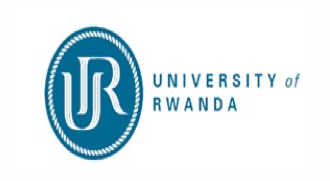Adolescent Sexual and Reproductive Health and Rights
Age-specific fertility rate (ages 15-19) by country
Global Burden of Disease Collaborative Network. Global Burden of Disease Study 2019 (GBD 2019) Fertility Estimates 1950-2019. Seattle, United States of America: Institute for Health Metrics and Evaluation (IHME), 2020. https://ourworldindata.org/grapher/adolescent-fertility-ihme-15-19
When adolescent girls can make independent decisions about their sexuality and reproductive health, their overall well-being improves, and they have broader access to education and economic opportunities that lead to better outcomes for societies.
QUICK FACTS ON ADOLESCENT SEXUAL AND REPRODUCTIVE HEALTH AND RIGHTS
There are 1.2 billion adolescents (ages 10–19) worldwide, with about 90% living in low- and middle-income countries. As the largest, most educated and urbanized cohort in history, this demographic represents a huge opportunity for countries to accelerate social and economic growth and development by investing in their health and well-being.

20 million
Over 20 million pregnancies were recorded among adolescents ages 15–19 in low- and middle-income countries in 2019. Of these, approximately half were unintended; 55% of unintended pregnancies ended in abortions, which were often unsafe.
14 million
Globally, 14 million adolescent girls ages 15–19 had an unmet need for modern contraception in 2020.

US$3.70
Every additional dollar spent on contraceptive services for adolescents in low- and middle-income countries would save health systems US$3.70 in the cost of maternal, newborn, and abortion care.
Our Partners
Learn More

Ask an Expert
Our team and partners are available to answer questions that clarify our research, insights, methodology, and conclusions.





